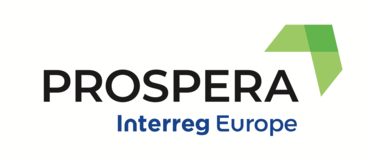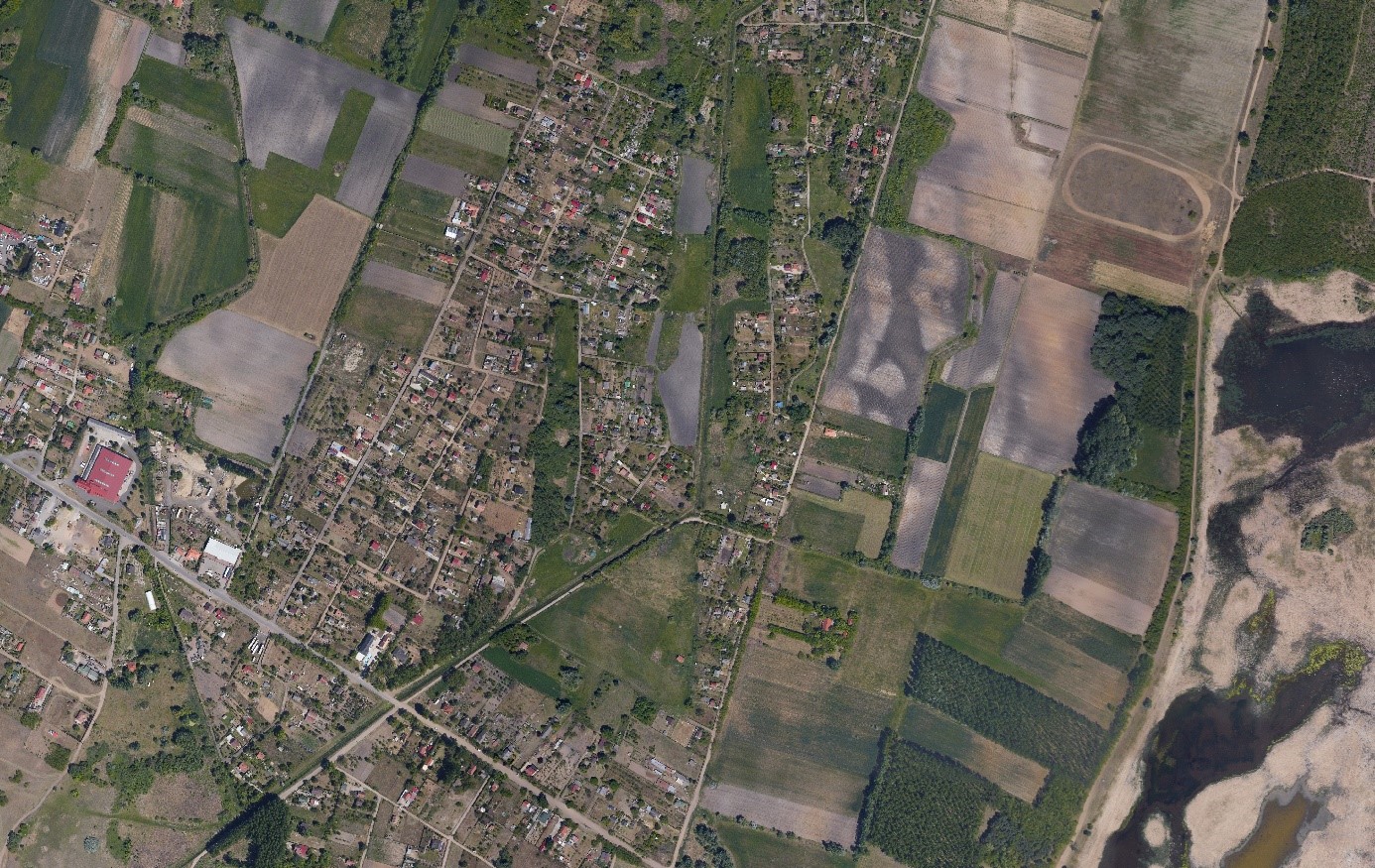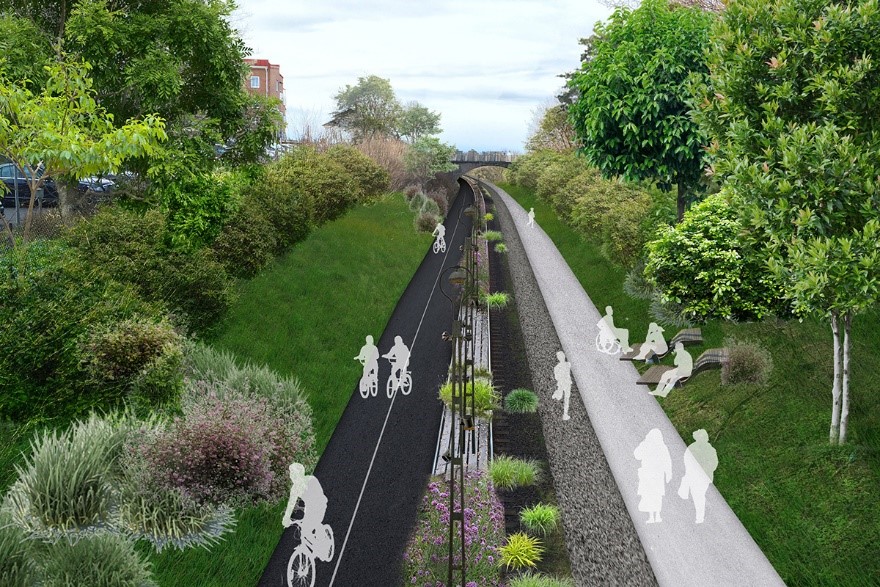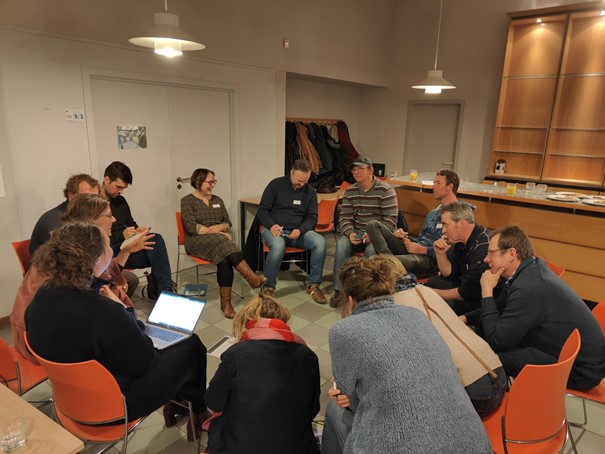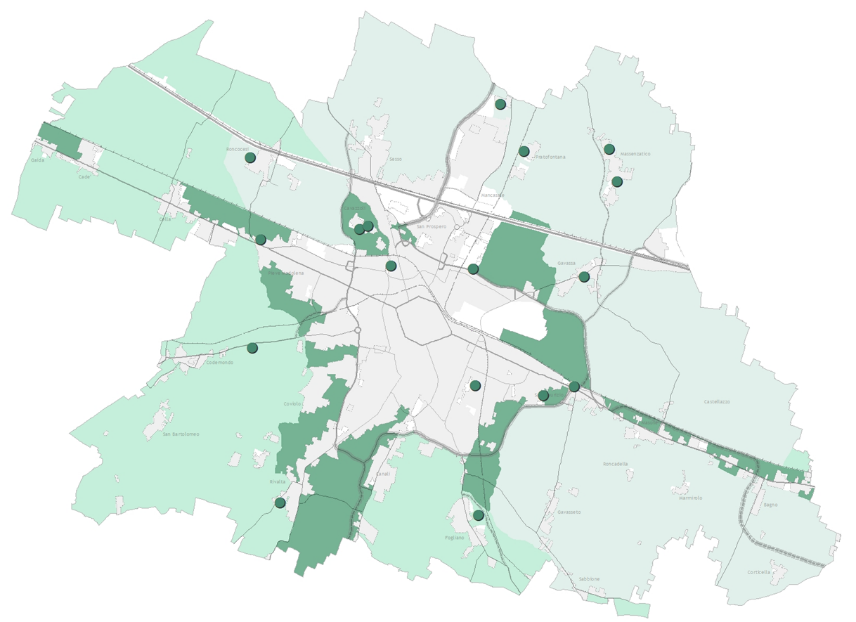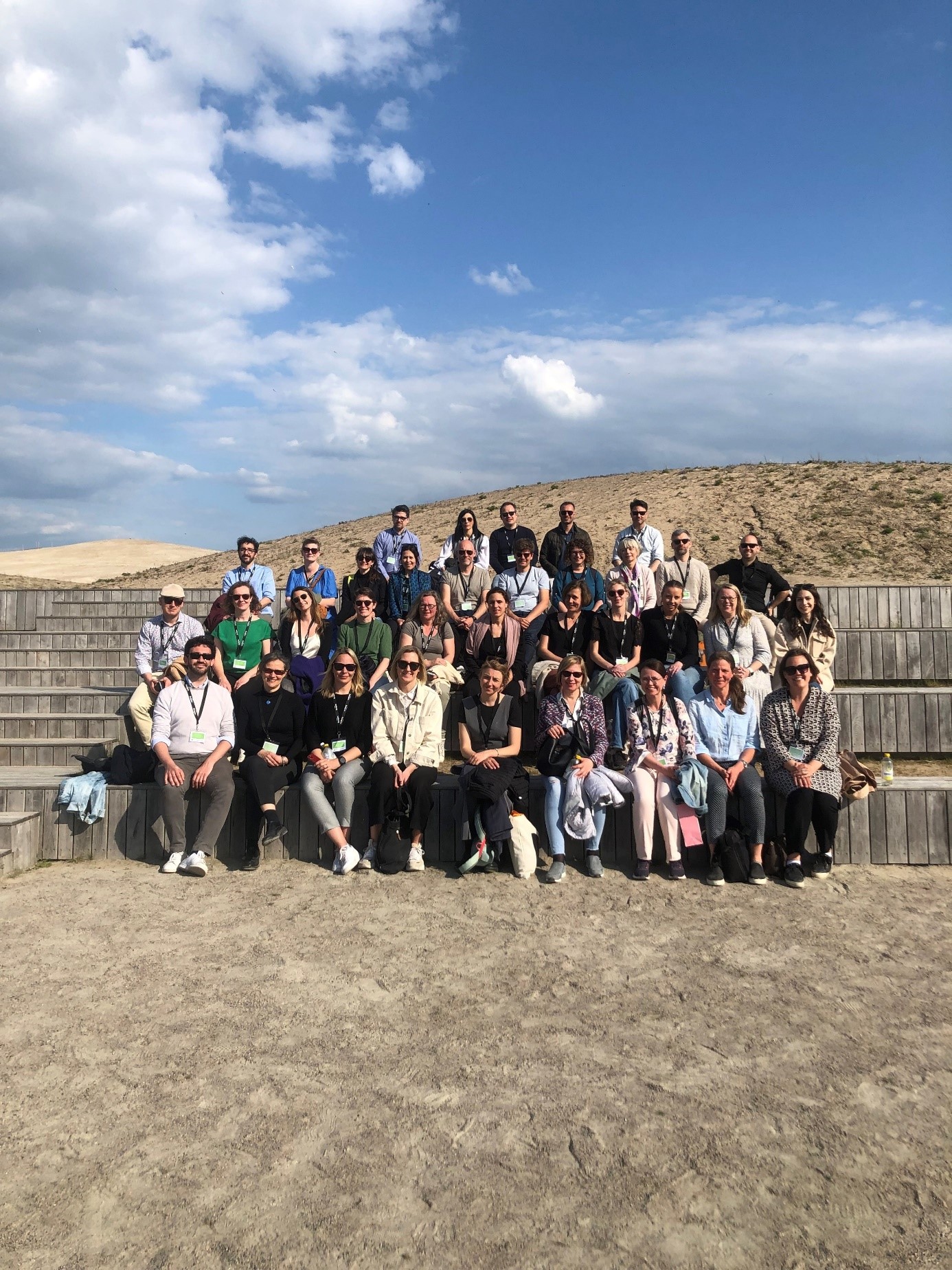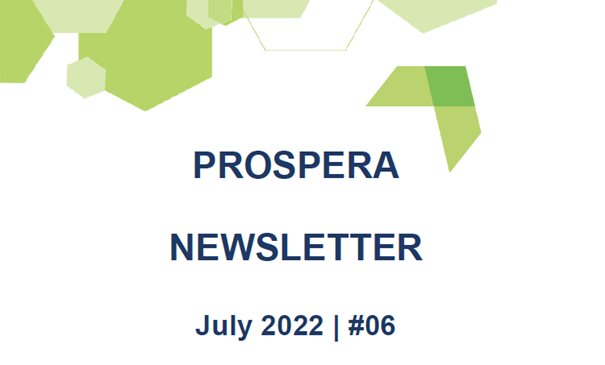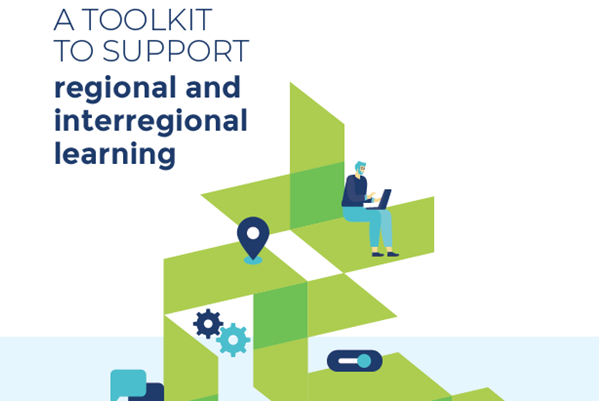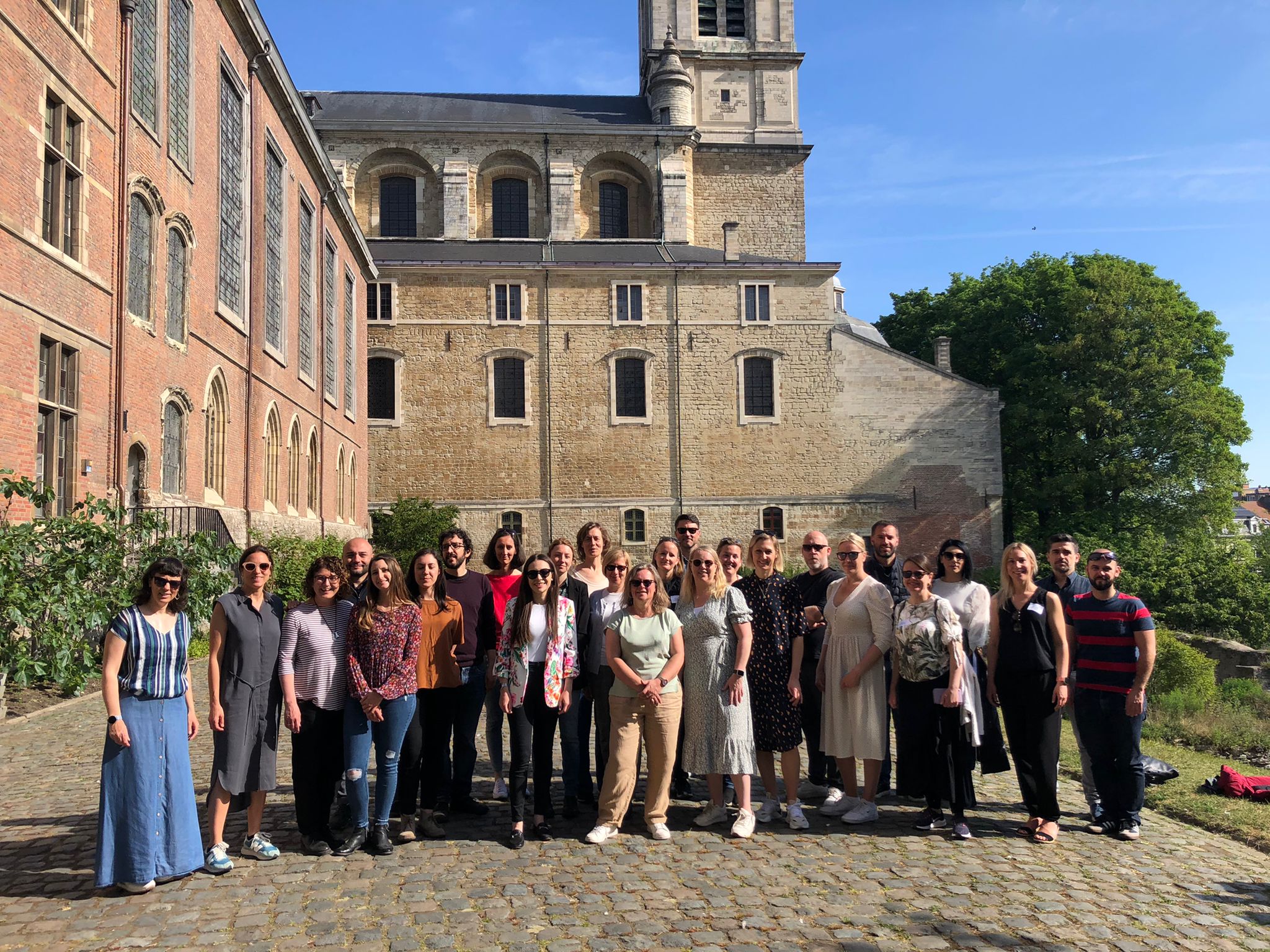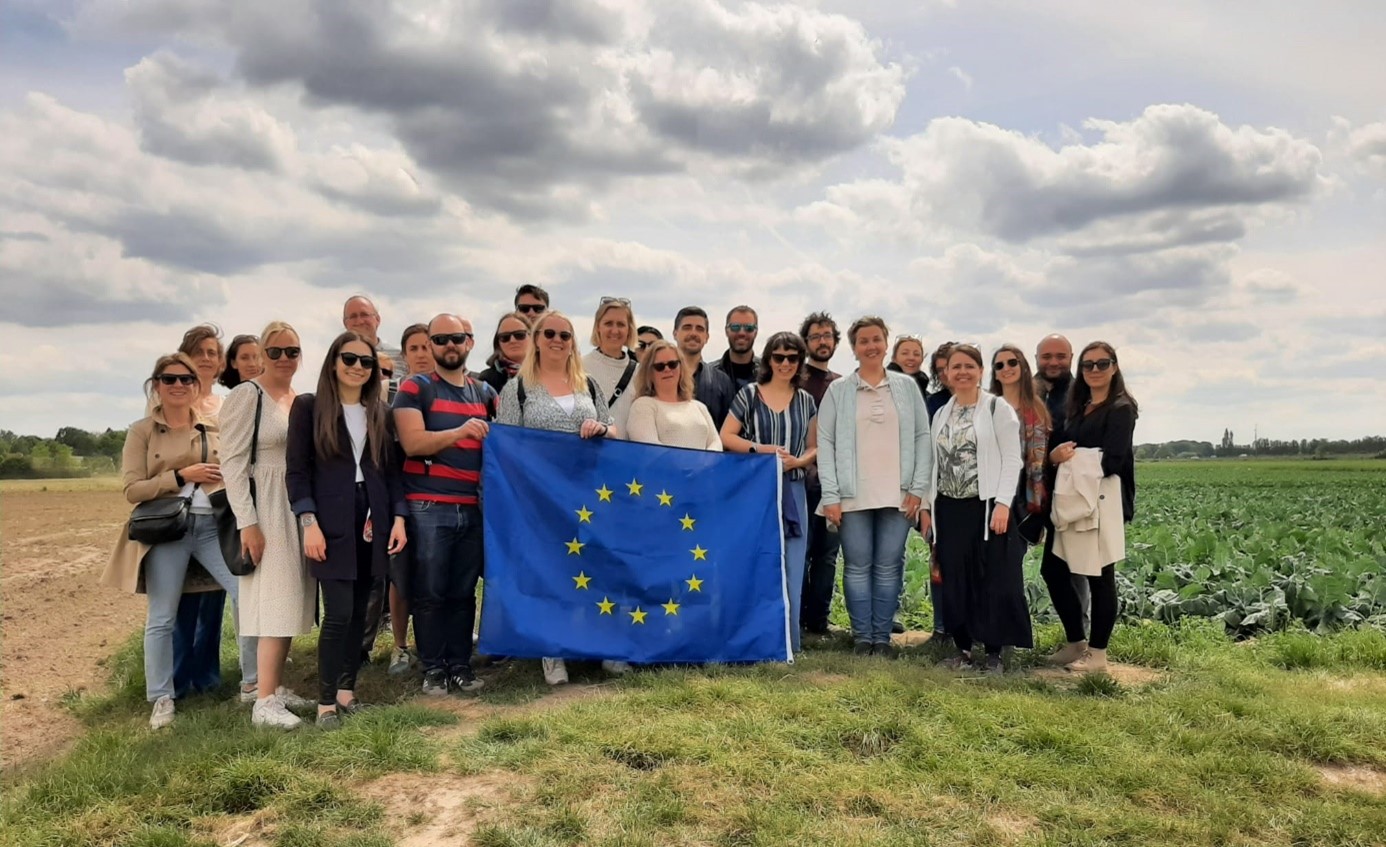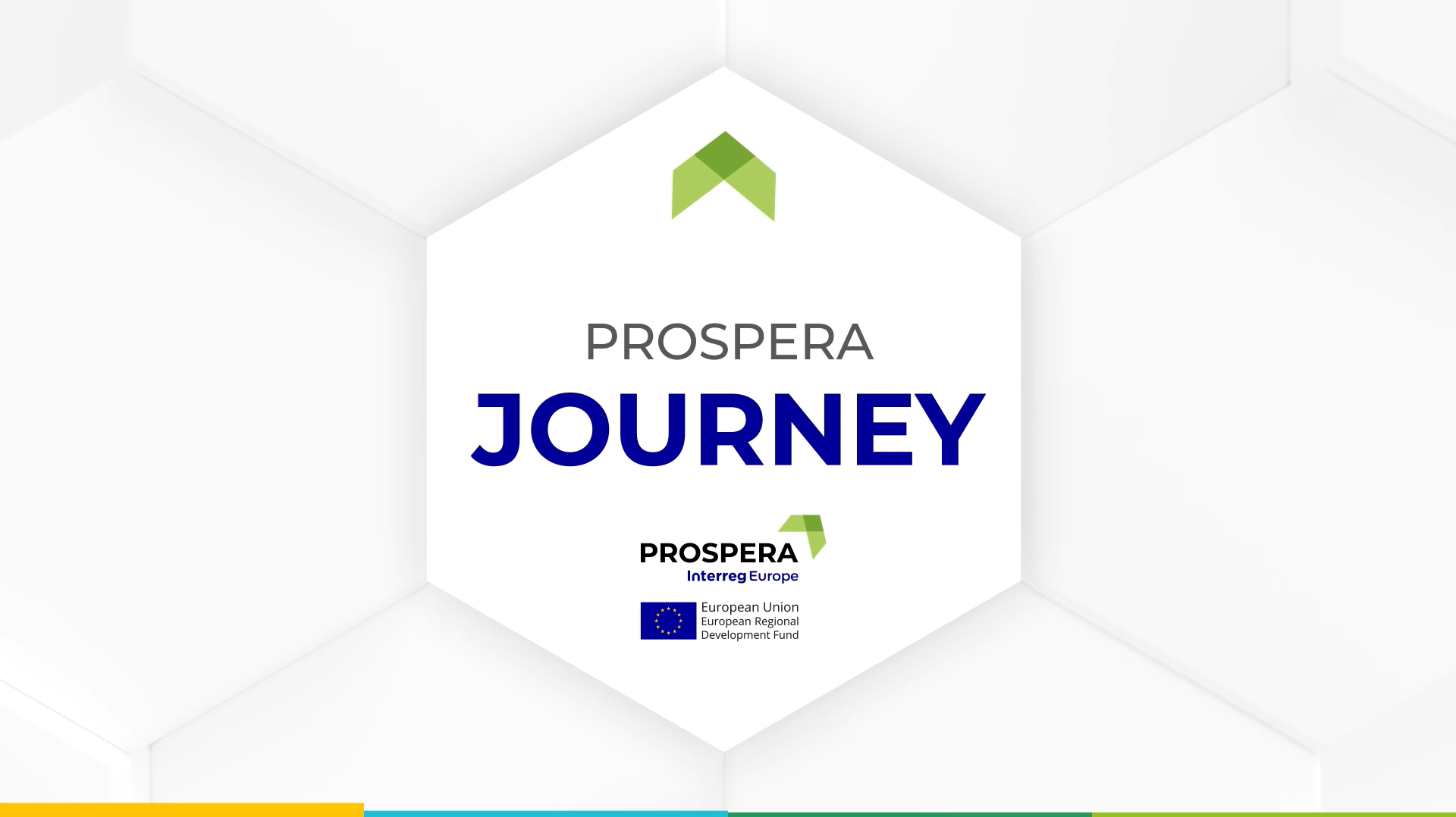In the Interreg Europe project PROSPERA, various European cities, including Ghent and Reggio Emilia, exchange knowledge about innovative policies tailored to the peri-urban area, including agriculture in the city outskirts. This international exchange of knowledge is steered in the right direction by the research institutes partners of PROSPERA project: Institute for Agricultural, Fisheries and Food Research (ILVO) and Centro Ricerche Produzioni Animali (CRPA).
In October 2021, the article “La Città Affamata – The Hungry City” about Reggio Emilia’s good practices was published by ILVO in the Flemish planning journal “Ruimte”.
ILVO researcher Jeroen De Waegemaeker interviewed the Alderman for sustainability, environment, agriculture and mobility of the Municipality of Reggio Emilia Carlotta Bonvicini, the city planner Matilde Bianchi and CRPA researcher and partner of the PROSPERA project Andrea Porcelluzzi.
The key themes of the conversation were in connection with two of Reggio Emilia’s Good Practices in the PROSPERA project, the Edible Park (Parco Commestibile) and the Urban strategies for planning and regeneration of Reggio Emilia.
Bonvicini, Bianchi and Porcelluzzi told that Italian food and farming have a long and central tradition and, during the planning process of the city, they try to enhance the connection between food production and spatial planning. The city has two types of agriculture in the peri-urban areas: large intensive farms in the north, and small family-run farms in the south. The new Municipal Structural Plan supports both small and large farmers, by helping their growth, while making them more sustainable. By meeting the criteria of environmental sustainability, the new plan allows them to build extra facilities in exchange for some public services offered to citizens and tourists. In this sense, the New Urban Plan can create synergies between local planning requirements and European agricultural policies.
The Interviewees also talked about Parco Commestibile [= Edible Park], which is a pilot project to reconnect local residents with food production. It offers many additional socio-ecological benefits for the neighbourhood; the reintroduction of traditional mulberry trees and social employment for the long-term unemployed. It is a multifunctional organic farm managed by a small family-run farm, which creates revenue by selling products and providing services to the community in cooperation with other associations, such as educational activities for children. The interviewees agree that it is a very successful project which stimulates the participation of local citizens, so they hope to replicate the experience in other parts of the city, too.
As for some tips and tricks for similar actions, Bonvicini, Bianchi and Porcelluzzi highlighted the importance of taking account of the different needs of the farmers and the different impact on the territory before starting to plan. Collecting, analysing and understanding the right data is also a key point in the planning process. Furthermore, it is crucial to meet on a regular basis with agricultural associations and research institutes, which can support in reading and understanding the agricultural data.
Good practice Edible Park
Edible Park is an innovative concept aiming to strengthen the integration of farming activity within the local socio-economic context. It is based on a renewed interest in agroforestry systems as sustainable production model and bring to local consumers high quality food products while stimulating societal engagement in the farming activity and considerably reducing environmental impact.
Edible Park saw the light of day in 2016 when the collaboration between the city of Reggio Emilia, two knowledge institutions and a local farmer was funded as an operational group, an instrument for innovation from the European rural policy.
More information: Edible Park
Good practice Urban strategies for planning and regeneration
Variation to the urban planning tool of the Municipality of Reggio Emilia provides for the cancellation of 136 hectares of potentially urbanizable areas and their reclassification in agricultural areas. To get a better knowledge about food production in the territory, all data (including agricultural activities and economic data) on the approximately 9,000 farmers were collected and integrated into fine-grained, area-wide maps. A classification was also made of the open space in and around Reggio Emilia: intensive agriculture in the north, agriculture with special landscape value in the south, and peri-urban agriculture near the city. City planners used these analyses to define an agricultural framework, which defines the strengths and weaknesses of the territory’s open space as well as the strategic guidelines to promote agriculture in the city.
More information: Urban strategies for planning and regeneration
